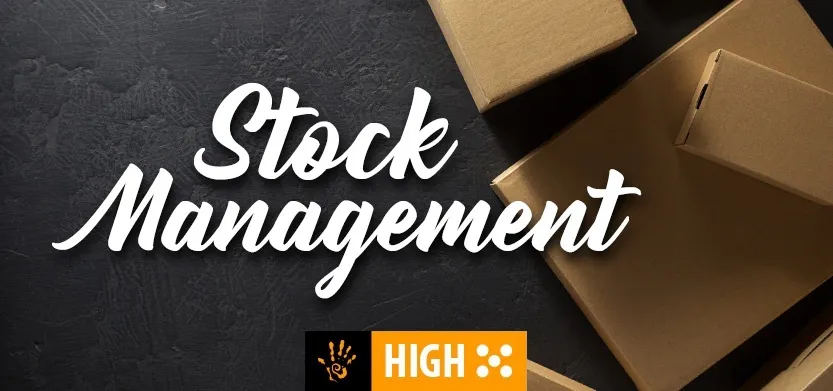
Posted in Digital Commerce, Drupal
December 6, 2017
Stock management with Drupal Commerce 2 and Drupal POS
When you look at a product online, you might think you're looking at a single product (say a T-shirt). But as far as an ecommerce site is concerned, you're really looking at a grouping of products because that t-shirt comes in four different colours and three different sizes (4 x 3 = 12 products with individual SKUs). And that is just a basic product example. More options mean even more SKUs.
What does "in stock" mean?
If you show a catalogue listing of a product (the t-shirt), and some of the variations (sizes) are in stock while others are out of stock, is the product itself in stock? Most of the time, yes. But it can be a grey area. If you only have XXL shirts left, that's kind of an out-of-stock item. If you were in a retail store, you'd likely dump those few shirts in a clearance bin. You're not going to advertise that you have all these shirts when you only have one size.
Stock seems like a simple yes-we-have-it or no-we're-out kind of thing, but there's more to it. If you don't have it, when can you get it? Is it something that gets custom ordered anyway, and people aren't going to care if they have to wait two or three or four weeks for it? Then it can always be in stock because you can always get it. Is it a thing that if you don't have it today, having it three days from now is useless? Then you really don't have it in stock.
You need to decide on these kinds of things to configure your Drupal Commerce site appropriately. If you only have a couple of XXL shirts left, you could set them up as their own clearance product and sell them that way, for instance.
Blending with Drupal Commerce POS
When you integrate the Drupal Commerce POS system, those two XXL shirts are the only ones remaining for your in-store customers, so you never have to worry about orders going through that you can't fulfill. You do need to worry about irritating your customers, though — if they see a product on your site as in-stock and go to your brick and mortar store only to realize you don't actually have it, they're going to get annoyed.
So with that in mind, you have to think about the messaging you present to your customers online. If something is out of stock, but you can get it in three to five days, for instance, maybe you want to communicate that. Or if it's a one-off and you will never have it in stock again, you need to let your customers know.
Introducing transactional stock
Something new in Commerce 2 is the concept of transactional stock. So you don't just have a product in stock: you have two that have been purchased and are about to be sent out, you have six sitting in inventory, and you have five on order. And maybe you have a pending return that you can eventually sell, but not until the return is complete. As far as your fulfillment people are concerned, you only have six. But your customer service and inventory management people know about the coming ones and can adapt accordingly.
TL:DR: Stock in Commerce 2 is transactional and flexible.
Chat with us
If you'd like to know more about Drupal Commerce 2, online stock management or anything else ecommerce related, give us a shout. We'd love to help you out.

